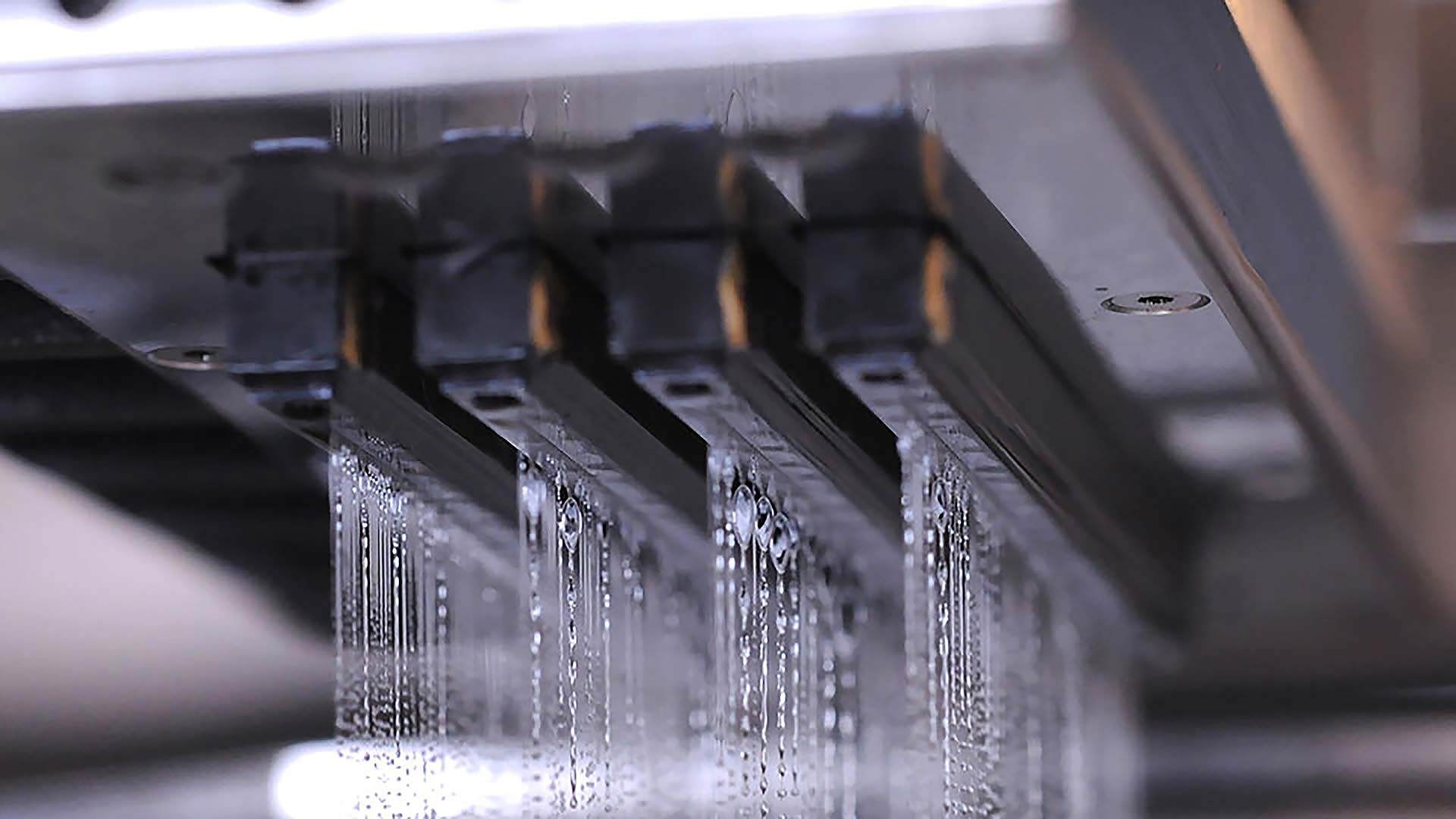Meta Additive, a 3D printing spin out from the University of Liverpool, UK, has received a £1.2M Innovate UK Smart grant to further advance its proprietary binder jetting technology.
Founded in 2019 by Dr Kate Black, an additive manufacturing researcher and expert in inkjet printing materials, Meta Additive is backed by a strong metals and ceramics background. Owing to Black’s materials expertise, the company is focused on developing a chemical approach to 3D printing, and already holds a number of patents to complement its binder jetting machine. With the ultimate aim of facilitating mass manufacturing for the automotive, aerospace, and medical sectors, the firm’s relatively new binder jetting process reportedly achieves high part densities and low shrinkage rates.
Black states, “Meta Additive is a new University of Liverpool spin out company at the forefront of developing the next generation of additive manufacturing technologies to extend 3D printing to a 4D future. We are delighted to be awarded this Innovate UK Smart grant which, in collaboration with our partners, will support us to take forward BJP and help progress this transformative technology.”

New binding agent formulations
Binder jetting is one of the seven core additive manufacturing technologies, and involves spraying a liquid binding agent onto a bed of powdered material. The binder serves as an adhesive, fusing the raw powder into solid layers which can then be stacked on top of each other to form 3D shapes.
The £1.2M grant was secured in collaboration with the Manufacturing Technology Centre (MTC), chemical company EpiValence and inkjet printhead supplier Xaar – Meta’s industrial partners. The company has already stated that the funding will be used to drive an upcoming two year project, whereby Black’s team will endeavour to develop entirely new binding agent formulations, with high solid loadings, for use with EpiValence’s raw powder materials.
The work will analyze hierarchical binder systems with multiscale computational modeling to more intelligently determine novel chemical combinations. The team will also model sintering profiles to inform users on how to best design their parts for minimal shrinkage during heat treatments and post-processing.
Professor Anthony Hollander, Pro-Vice-Chancellor for Research & Impact at the University of Liverpool, added, “Meta Additive is the latest example of University of Liverpool ground-breaking technology being translated into a new business opportunity to create positive economic impact. We are proud to have supported Meta Additive, via the University’s IP Commercialisation Team and University Enterprise Fund investment, and we wish the Meta team great success in the future.”

Sustainable metal, ceramic, and polymer production
Binder jetting is known for its sustainability and sheer material versatility, being compatible with metals, ceramics, and even polymers. In fact, industrial 3D printer manufacturer GE Additive recently announced a Binder Jet public-private partnership with the Indiana Economic Development Corporation (IEDC), to help commercialize GE’s newly developed H2 binder jetting system. The partnership will also serve to advance the state’s wider manufacturing capabilities, with investments in factory automation and manufacturing readiness.
On the software side of things, engineering software developer Simufact recently launched a simulation tool specifically for metal binder jetting on its Simufact Additive program. The tool allows users to predict and prevent – at the design phase – the distortion effects that sintering may have on binder jetted parts, leading to fewer failed attempts and cost savings.
Subscribe to the 3D Printing Industry newsletter for the latest news in additive manufacturing. You can also stay connected by following us on Twitter and liking us on Facebook.
Looking for a career in additive manufacturing? Visit 3D Printing Jobs for a selection of roles in the industry.
Featured image shows the University of Liverpool campus. Photo via University of Liverpool.



